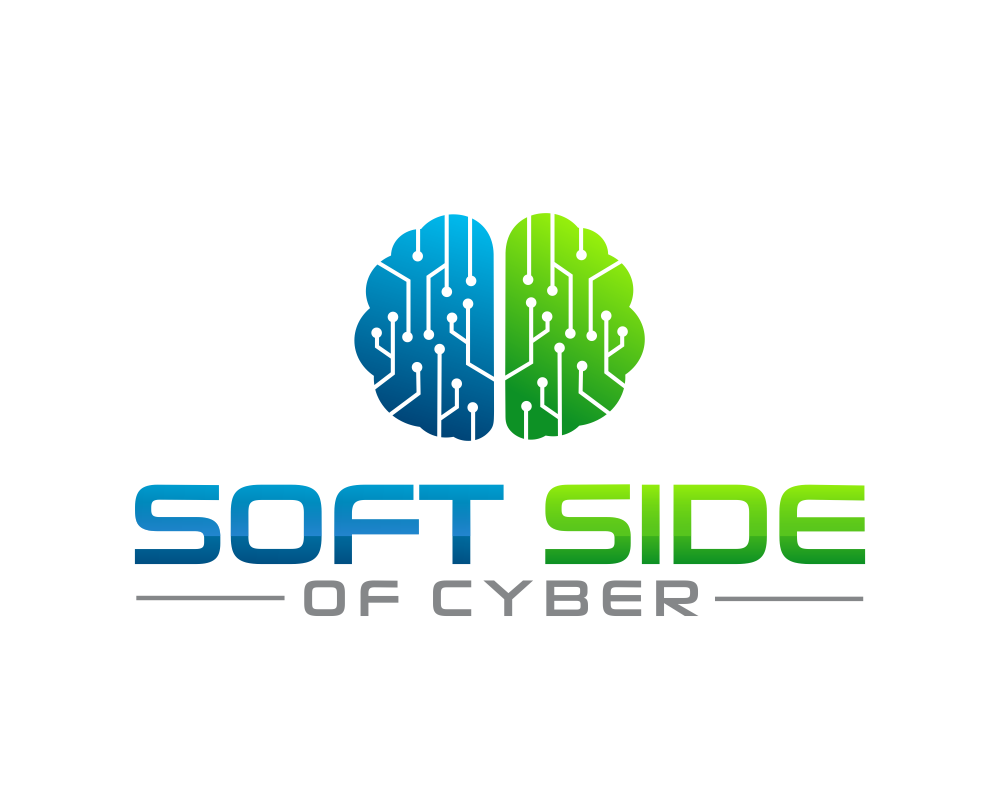
Building Trust and Security: The CISO's Guide to Relationship Building
As many of you know, I recently started a new role as Chief Information Security Officer for a private company. I firmly believe that taking on the role of CISO isn't just about securing data; it's also about building relationships. In today's digital age, where security threats are fast-moving and growing, fostering trust and collaboration across all levels of an organization is just as important as any technical control.
Understanding the Landscape
When I stepped into my new role, I knew I had to familiarize myself with the organization's security infrastructure and its people. I needed to understand their concerns, pain points, and expectations. This understanding is crucial for tailoring security measures that protect the company and align with its goals. I started my meetings with two main questions in mind:
- What risk do you see across the company?
- In what ways are information security controls slowing down your work?
Engaging with C-Level Executives
One of the first groups I reached out to was the C-suite. Building a strong rapport with fellow executives is essential because cybersecurity is not just an IT issue; it's a business issue. By engaging with the COO, CFO, and other leaders, I gained critical knowledge on how to begin to help the organization immediately. I highlighted the importance of a proactive security posture and decision-making based on business risk evaluation.
Collaboration with IT Teams
My next step was to engage with the IT department. These are the folks on the front lines of our digital defenses. They play a critical role in implementing and maintaining security measures. By working closely with them, I gained insight into our security infrastructure and earned their trust. I made sure they knew that my role was not to impede their work but to enhance it by providing the necessary security frameworks.
Bridge to Non-IT Departments
Every employee is a potential entry point for cyber threats in today's interconnected world. That's why bridging the gap between IT and non-IT departments is essential. I initiated conversations with HR, marketing, and other non-technical teams. I explained how security measures are designed to protect the company and its work. This helped in breaking down silos and creating a culture of shared responsibility for cybersecurity.
Transparency and Communication
If you've read our writing, you probably know that transparency and effective communication are essential, and we think of them as cornerstones of building trust. I made it a point to talk to stakeholders about my philosophy about security and how I would like to ensure they can perform their jobs without the burden of cybersecurity being placed on them. Similar to how everyone in the organization needs to be conscious of finance without being experts, I let people know that while security is something to consider, I wanted them to focus on the real value they bring to the company and let me think deep thoughts about cyber. This not only removes the burden of security but also makes people feel more secure. When employees understand the 'why' behind security measures, they are more likely to embrace them.
Conclusion
As I continue to settle into my role as CISO, I'm reminded that cybersecurity is not just about firewalls and encryption; it's about people. Building relationships across the organization has been instrumental in enhancing our security posture and making everyone feel secure.
In today's digital landscape, where threats are constant, trust and collaboration are the strongest armor a company can have. The organization becomes secure when people trust the CISO and know that security is not just an IT problem but a company-wide effort.
So, to all my fellow CISOs, remember that the key to success in this role lies in securing systems, hearts, and minds. Building relationships fosters trust, and we can make our organizations safer in an increasingly digital world.


